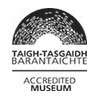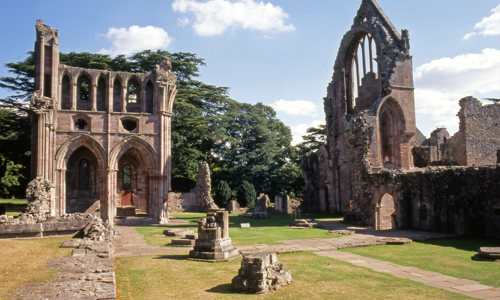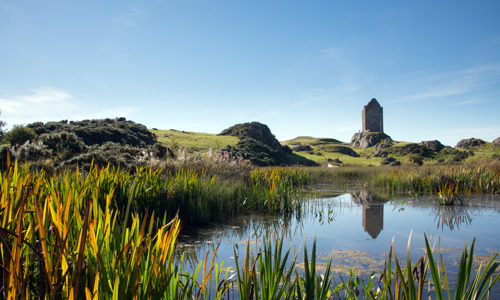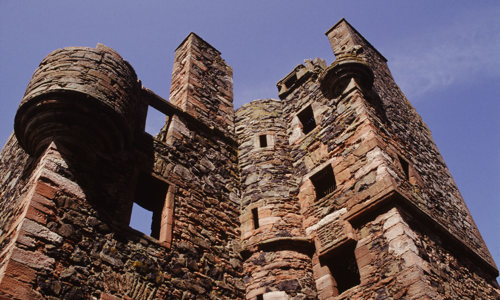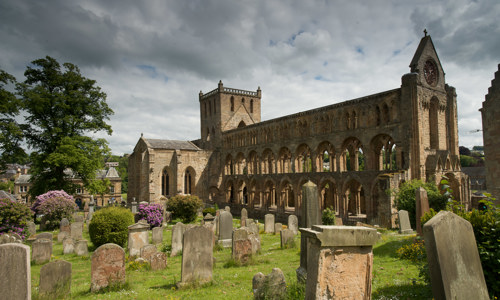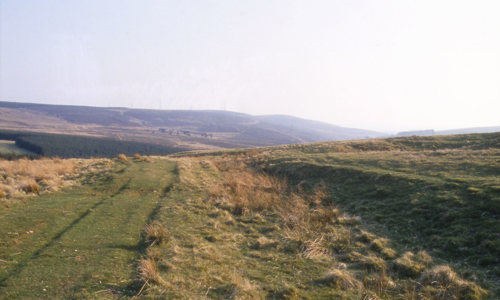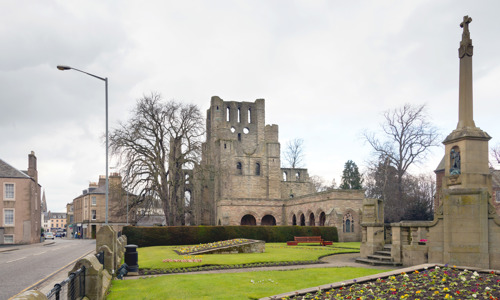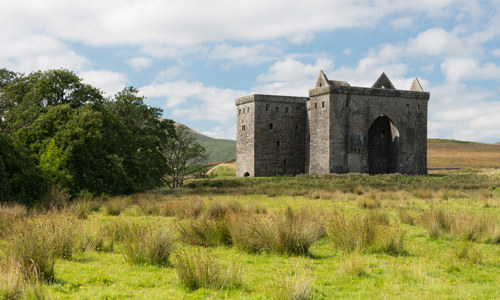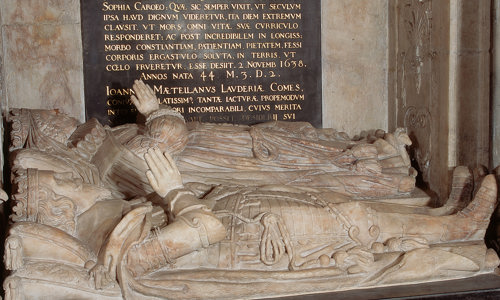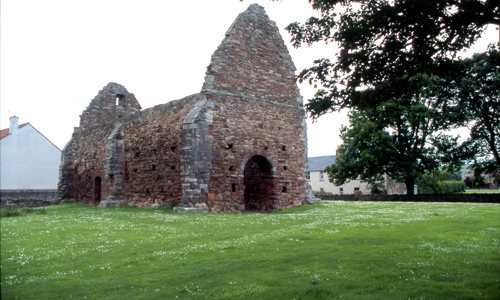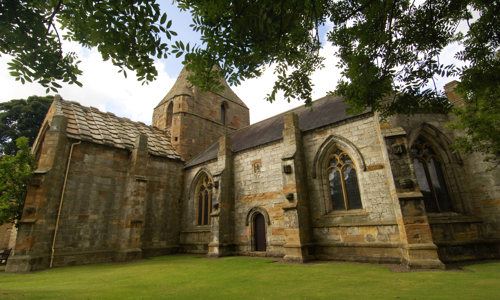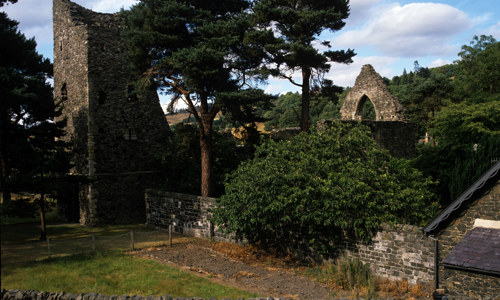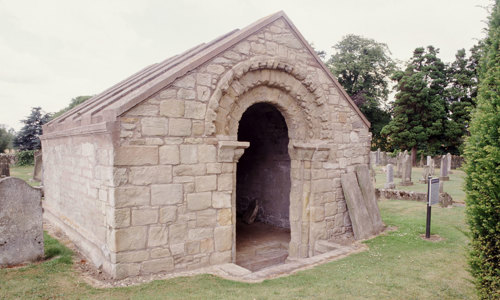Plan your visit
The abbey grounds, cloister and museum are open.
Due to access restrictions in place as a precautionary measure while we undertake high level masonry inspections, there is currently no visitor access to the abbey church. Find out more about our conservation work.
Book tickets
If you are a Member your ticket will be free. Not a member? Join now to start enjoying the benefits
Standard Admission, Member & Explorer Pass Tickets Partner Organisation TicketsPartner organisations include, English Heritage, Cadw and Manx Members, Young Scot, STGA and SITOA card holders.
Save with an Explorer PassAn Explorer Pass, valid for 14 consecutive days, is a great way to explore our iconic sites.
Didn't find everything you need? Read our FAQs





